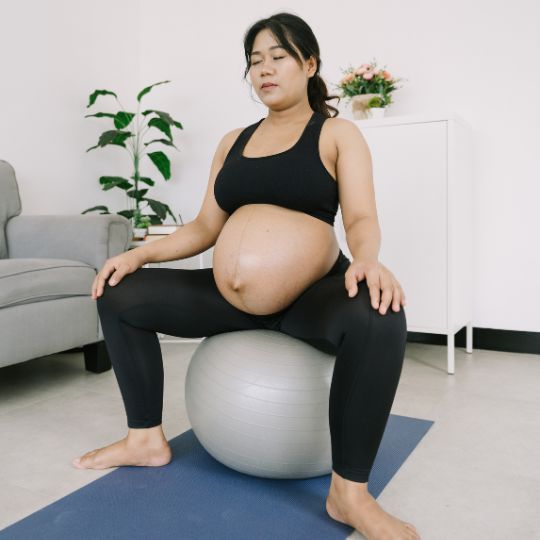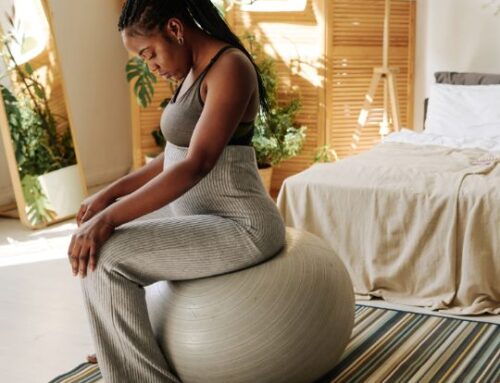Pregnancy is a transformative time when the body undergoes numerous changes to accommodate the growing life within. Amid the many adjustments, it’s important to highlight specific muscle groups that are often overlooked—namely, the adductor muscles and internal rotators of the hips. Instead of emphasizing external rotators, strengthening these internal muscles can play a pivotal role in enhancing comfort and stability during pregnancy as well as postpartum recovery.
The Role of Adductor Muscles:
The adductor muscles, located on the inner thighs, shoulder the responsibility of stabilizing the pelvis during pregnancy. As the uterus expands and the body undergoes changes in weight distribution, these muscles become significant for maintaining balance and support. The pelvic floor muscles will be working hard as well – here are some simple moves for pelvic floor health. Strengthening the adductors not only alleviates discomfort but also contributes to better pelvic alignment, which can aid in more ease in labor and delivery.
Opting for exercises that engage the adductor muscles, such as Copenhagen planks and lower body exercises with lateral resistance, can be particularly beneficial during pregnancy. These movements not only build strength but also promote mobility, a key asset during labor and delivery.
Internal Rotators and Pelvic Stability:
While external rotators are commonly targeted in many fitness routines, the internal rotator muscles of the hips are equally—if not more—crucial for pelvic stability. Weakness in these muscles can contribute to lower back pain and discomfort during pregnancy.
Focusing on exercises that activate the internal rotators, like internal rotation clamshells and internal rotation step-ups, provides stability to the pelvic region. This added stability not only supports day-to-day activities but can prove advantageous during labor and postpartum recovery.
Postpartum Benefits:
As the postpartum period begins, attention to the adductor and internal rotator muscles remains vital for recovery. These muscles, having borne the brunt of pregnancy, require targeted strengthening to regain functionality.
In contrast to an emphasis on just external rotators, incorporating exercises that specifically engage the adductor and internal rotator muscles promotes realignment of the pelvis and aids overall muscle recovery. Additionally, strong internal rotators contribute to improved posture, helping to alleviate common postpartum issues like back pain. If you’re looking for more guidance on how to strengthen these muscles, or working on returning to exercise postpartum, check out our Postpartum Recovery Series!
Embracing the journey of pregnancy and postpartum involves recognizing the unique needs of the body during this transformative time. Instead of solely focusing on external rotators, directing attention to the adductor muscles and internal rotators of the hips offers a proactive approach to enhancing comfort and stability during pregnancy and overall well-being. Ultimately, fostering strength in these internal muscle groups sets the stage for a healthier and more comfortable pregnancy and postpartum experience.





